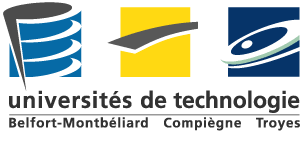The application of the additive manufacturing process for metals has become increasingly important in industrial manufacturing, mainly due to its ability to process components with complex geometry. Several 3D printing technologies for metals have been studied, such as Bound Metal Deposition (BMD), a process that allows the manufacture of components by applying three steps, design, printing, and sintering. In the case of this technology, the sintering process, as a thermal treatment, is one of the indispensable steps in the additive manufacturing of metals, allowing the properties of the materials obtained by this type of manufacturing technology to be improved. The holistic modeling of the sintering process is still a challenge for researchers because of the complexity in capturing computationally the microstructure evolution during the process and its coupling with other physical phenomena (thermal and mechanical). A multiphysics numerical approach based on a coupling of thermal, mechanical and phase fields is proposed as an alternative to predict the microstructure evolution and thermomechanical properties of 316L stainless steel during the sintering process. In this context, a numerical model based on the finite element method is proposed as an alternative to evaluate the impact of the thermal field, as the activation force of the sintering process, on the microstructure field evolution and, in turn, the impact of the evolution of phase field variables on the thermal and mechanical properties of the studied material. The model is applied for different sintering temperature and time, allowing the influence of these parameters on the microstructure evolution and on the thermomechanical properties of the material to be evaluated.
  |
|
|
Numerical modeling of the solid-state sintering at the microstructural level: Multiphysics approach and application to metal additive manufacturing
1 : Laboratoire Interdisciplinaire Carnot de Bourgogne
Université de Technologie de Belfort-Montbeliard
2 : Université Agostinho Neto
|



